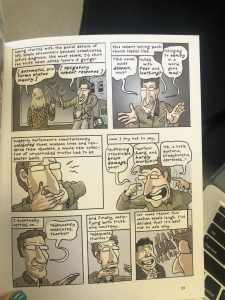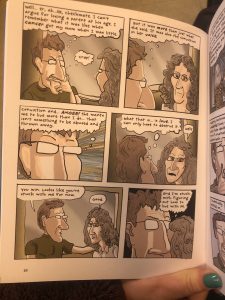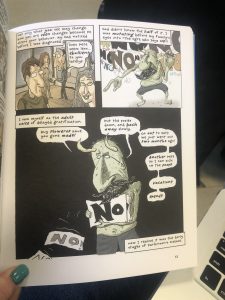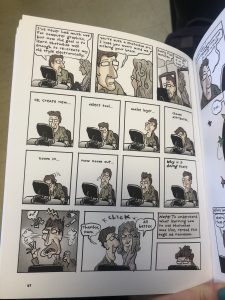In Barclay’s article concerning Coronavirus/COVID-19, I think one of the most interesting points concerns the number of ventilators. Based off of estimates of previous flu pandemics in the United States, we should technically have enough ventilators to cover everyone. On the other hand, based off of the estimates of the Spanish flu pandemic we definitely do not have enough (Barclay 2020). This brings up the hard question of who gets the ventilators and who does not when it comes down to having to choose. On one hand, we should provide ventilators to people who are the most likely to survive and help them get better more quickly, such as young people with no preexisting conditions. On the other hand, we should provide ventilators to people who need them the most, such as the elderly or people with preexisting respiratory conditions. This brings up a moral dilemma that I am glad I do not have to make a decision about.
Another interesting point that Barclay brought up in their article was about the importance of social distancing and self-isolation. As Emily Landon explained, while young people are not as likely to be severely affected by this disease, we still need to stay in isolation so as not to spread it to others who are more vulnerable (Barclay 2020). Though it is hard, it is definitely the right thing to do. While it is difficult to not be around friends, my family recently encountered a difficult decision regarding self-quarantine. Because it is Easter weekend, we were planning on my older brother to come home and spend the weekend with us. We had to make the tough decision to tell him not to come because it is not essential and while he may not be putting us at risk, we could be putting him at risk. My dad is still required to go into work every day and is worried about bringing something home to us. While we want my older brother to come home, it would be awful if we gave him something that he then spread it to his roommate and so forth.
Works Cited
Barclay, Eliza, and Dylan Scott. “How Canceled Events and Self-Quarantines Save Lives, in One Chart.” Vox, Vox, 10 Mar. 2020, www.vox.com/2020/3/10/21171481/coronavirus-us-cases-quarantine-cancellation.




